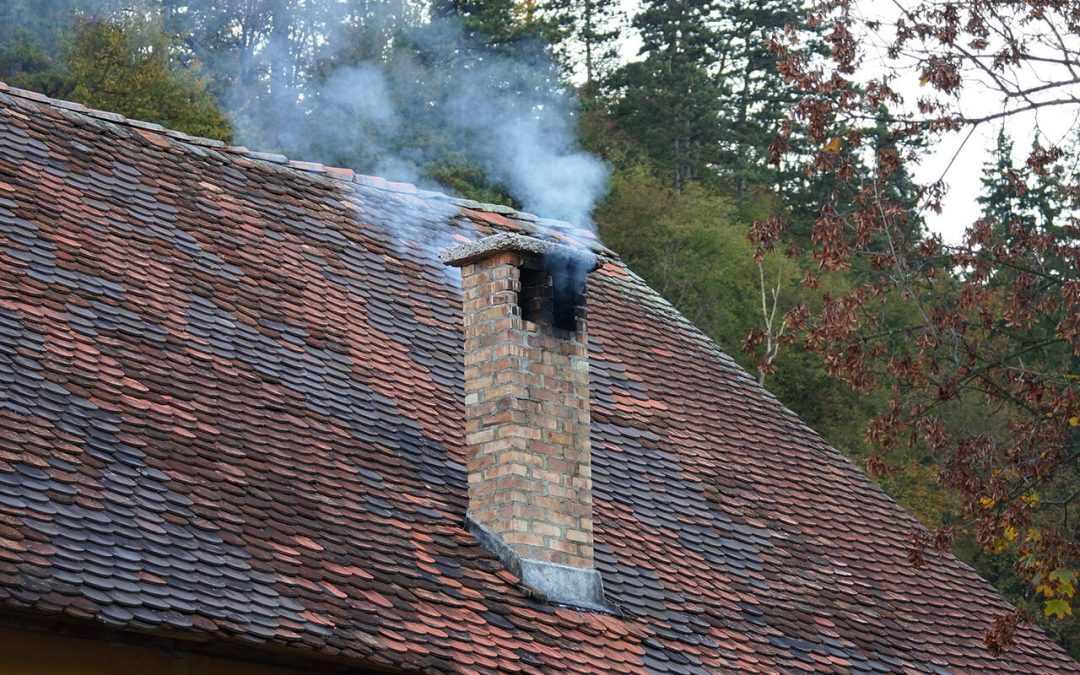How to Prevent Chimney Fires and Keep Your Home Safe
To prevent chimney fires in your home, don’t rush into the winter season anxious to get the fireplace going. First, assess the chimney’s condition and make sure you have what you need to build a fire safely.
Choose the Right Firewood
Use the fuel type for which your fireplace was designed. You’ll need seasoned, split wood. “Seasoned” means the firewood has been set aside to dry for at least 6 months. Burning seasoned firewood helps prevent chimney fires by releasing less creosote than wood that has recently been split. Creosote is a by-product of combustion that accumulates inside your chimney and increases the risk of fire.
Under no circumstances should you burn combustibles in your fireplace that are not the intended fuel. This includes newspapers, shredded documents, plastics, and other household refuse. These items can release toxic chemicals as they burn.
Don’t Skip the Chimney Sweep
To have peace of mind about the condition of your chimney, hire a specialist to thoroughly clean the home’s chimney. Schedule a chimney sweep service before building the first fire of the season. Have the chimney cleaned and inspected to remove creosote and advise you of other existing issues.
Fires Should be Manageable
While it’s common knowledge that you shouldn’t build a massive bonfire in an indoor fireplace, it’s easy to get carried away. You can prevent chimney fires by keeping every fire at a manageable size and intensity, burning just a few pieces of wood at a time. The heat output won’t be drastically reduced, and using less fuel means that less creosote will accumulate in the chimney.
Make Improvements to Prevent Chimney Fires
Not all fireplaces and chimneys are built equally, especially if you’ve purchased an older home. Is your chimney capped to help prevent debris from entering the flue and falling into the smoke chamber? If not, have a cap installed to prevent chimney fires and to keep the flue liner from corroding.
Speaking of the flue liner, does your home’s chimney have a liner installed? The absence of a chimney liner significantly increases fire danger. Talk to a professional about installing a liner to protect your chimney and your home.
Keep Safety Devices on Hand
Check the smoke detector batteries throughout your home and replace them if necessary. If the attic doesn’t have a smoke detector, install one. A chimney fire often spreads through the roof. Keep a fire extinguisher in an accessible place near the fireplace to use in the event of an emergency.
KAM Inspection Services offers inspections to customers in Central Alabama. Contact us to schedule our services.

